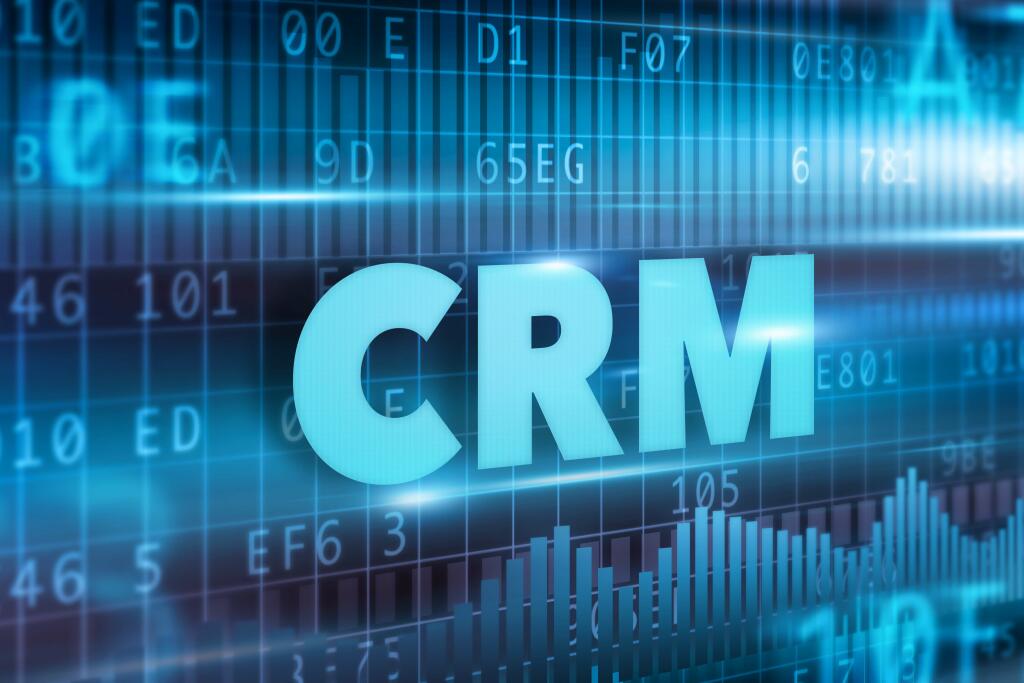The 5 Stages Of Group Development
Содержание
The team is already accustomed to each other’s workflows, and most future disputes and conflicts generally become easier to overcome. The official team leader takes a back seat much more than in the previous stages, and the individual team members are given their chance to shine. Instead, they adopt an open exchange of ideas and opinions and learn about what it’s really like to work together.
Clarify the expected stages of group development right from the start, to highlight that conflicts and problems throughout the project are normal, and not a sign of failure. This stage is complete when the members accept the common set of expectations like the fulfillment of roles and responsibilities consisting of an acceptable way of doing things. Once the transitional stage has settled, group members will start to feel comfortable enough to really get into the deeper issues that the group was designed for. The counselor in this stage will guide the group through this process using techniques and challenges that bring out emotions. The Last and final stage was added in 1975 by Bruce Tuckman ten years after the initial four stages. The end of the group also referred to as the Mourning or Adjourning stage is seen to be a bittersweet accomplishment by many of the group’s members.

If team members exercise understanding, tolerance, and patience, they have a great chance of making it through the most difficult stage. This is when the team first meets each other and is on their best behavior. As part of a new group, individuals seek acceptance from their new teammates and try to develop bonds through common interests. These development stages show up repeatedly on an SAP project, not only when it starts but throughout as phases, deliverables and personnel change.
Tuckmans Stages Of Group Development
Over the years, I have worked with many teams and have found theses stages to be very predictable. The forming stage is characterized by a great deal of uncertainty and even confusion about the group’s purpose, structure, leadership, acceptable behavior, and group rules. Members experience a form of socialization as they try to find out what is expected of them and how they will fit into the team. Some groups get a lot from their experience while others leave empty handed.
Try to involve as many members as you can in conversations and decisions, but know that the ultimate responsibility lies with you. As a leader, it’s important to know where your team is and how you can help them move through to the next stage of development. At first, people are led by their natural desire to be liked by others and accepted among their peers. After all, when you have to cooperate with someone for a longer period, it’s easier to do it if you get along well.
- Second, the members decide to dismiss and close the group with sentimental feelings.
- As a project progresses through different phases some team members will leave the project, others will join and some will move into new positions within the project.
- Positive accomplishments are celebrated and many of the team members continue relationships long after the group adjourns.
- This stage is marked by a great deal of caution, confusion, courtesy and uncertainty about the group’s purpose, structure, and leadership.
- Group members negotiate roles that are needed for effective group functioning and members tend to adopt and maintain those roles for the duration of the group.
- Some members become defensive and resistant while others may be shy and fearful.
This helps to formulate a good group that leads to the success of a team. This stage is characteristics by conflict, confrontation, concern and criticism. In case, the conflict becomes extremely intense and dysfunctional; the group may dissolve or continue as an ineffective group that advances to higher levels of group maturity. Group also experiences many changes in membership expectations interpersonal problems of group goals and individual’s goals. There may be conflict regarding leadership authority and control.
A counselor’s role is pertinent here especially in a spiritually therapeutic environment such as Genesis Recovery. Members must learn to set aside their differences and assume a brotherly role from a place of care and concern. After the team members have moved past the forming, storming, and norming stages of group development, they can finally produce work and rely on team members for support. Their working styles and skills complement one another, and they rely on the each other to perform tasks more efficiently.
Stage #1
Five Stages of Group FormationWhen trying to build an effective team, they will go through a life cycle from the time they are created until they are finished. This life cycle is also known as Tuckman’s group development model and has five stages. These stages are forming, storming, norming, performing, and adjourning (Schermerhorn & Uhl-Bien, 2014).
The group is now in an optimal state acting as one, clearly more positive cohesive and mature than when the group first started. At this stage, team leaders can begin delegating tasks easily and seeing growth within their teams. Team leaders need to ensure they address any major changes to reduce the possibility of digressing to earlier stages. Anticipating team efficiency can be tough, but understanding the needs of the individuals that comprise the teams allow leaders to keep their team at peak performance. The stages of group development in organizational behavior and management are a theory of team development — a group-forming model that consists of 5 distinct stages. As the name implies, this stage is characterized by a high degree of inter-group conflict, confrontation, and criticism.

They’re all really excited about the prospect of having access to fresh vegetables every day — they understand the benefits such a project would have for their family’s everyday meals. So, they decide to split the fees, buy one of the neighboring fields, and grow a 120 sq feet vegetable garden. The Performing Stage — mainly characterized by overall synergy.
Stage #5
They are also overly positive about the project, because it’s new, and new is always exciting. Tuckman only added the fifth and final stage in 1977, together with Mary Ann C. Jensen who had previously reviewed his original paper.

The group will be stronger with these things after the negotiation on the confronting matters. After negotiation, members start accepting the group norms and values. Do you know where your team falls in the natural progression of team development? In 1965, Bruce Tuckman researched group development and identified four distinct stages that all teams must move through in order to become successful.
Tips On How To Facilitate Proper Group Development
Tanney at one point reminds the group that she has some outside issues going on and is unable to work overtime. After more infighting, Tanney leaves the meeting accusing Pete Denning of not respecting her. All of this illustrates that they are in the storming phase and may need help moving forward into the norming phase. I fully agree with and believe Tuckman’s Theory of Group Development because I have experienced these stages first hand.
They’ve grown much closer since the day when they first decided to start the gardening project, and not a day goes by without at least two of them meeting. The Performing stage is what your team is really after — in this stage, you and your team get to enjoy synergy. However, this stage is crucial if you want your team to succeed — you won’t get far with your project by sweeping vital questions and potential problems under a rug. Well, truth be told, some teams may skip this step altogether, all in the hope that they’ll avoid unpleasant conflict and the clash of ideas. Unless the team is patient and tolerant of these differences as well as willing to address and work on them, the team and project cannot succeed. Sometimes, subgroups may form around particular opinions or authority figures — which are all clear signs that team cohesion has not happened yet.
If you feel your team is stuck, share this information with them and ask them to self-diagnose where they think they are and what they need to do to move on to the next stage. Understanding that each stage is normal and expected can relieve a lot of tension and free the team up to break through and move on. Seek first to understand and encourage everyone on the team to take the same approach. Act as a sounding board and allow any hidden agendas to surface. Provide information and suggest alternative solutions to roadblocks. It’s important to demonstrate the skills you want the team to develop.

There is so much more to being an effective group leader once the process starts. For instance, knowing how to handle conflict, resistance, and how to guide the group in the right direction is very important for the leader to understand. Diversity seems to always have some sort of role in a group setting so an effective group leader will be able to understand different cultures and how to establish trust between all cultures. Lastly, the final stage is when the group understands that they are no longer going to be together.
During the forming stage, the group is built and everyone is getting to know each other and trying to figure out how they will play a role within the team. The next stage is storming, when infighting may occur as the group is trying to figure out expectations and obstacles within the team. Next comes the norming stage which is when group members start working together and the coordination of tasks form. Once this has occurred, the group moves into the performing stage. This is when the group fully integrates and becomes a functioning team that completes tasks and accomplishes the mission of the group. Lastly is the adjourning stage, when the project is completed and it is time for the team to disband.
Courseorganizational Behavior And Management Mgt
The group gains its identity, group morale is high and group loyalty is intense and becomes productive. In this stage, conflict is identified and resolved through group discussion. The members of the group are aware of group’s processes and the extent of their own involvement in the group. The first stage for almost every group is an orientation stage. This stage is marked by a great deal of caution, confusion, courtesy and uncertainty about the group’s purpose, structure, and leadership. The formal leader exerts a great influence in structuring the group and shaping member expectations.
Identifying The 5 Stages Of Group Development
After finishing the 4th of the stages of group development, the result is goal achievement. In a chemical dependency or addiction setting, being a group leader can be very difficult. All group leaders have it difficult but in chemical dependency, members of the group can still be adjusting to sobriety so their judgment may be a little clouded. One of the most important things a group facilitator can do is to properly screen members before the group starts. It can be detrimental to the entire group if a member is not ready or prepared for the experience. A good counselor will know how to guide by using minimal words themselves.
Group development means making a group able to perform the given tasks. For the formation of the group, a series of stages are needed to follow. Most organizational experts prefer the five stages of group formation that are famous for group development stages. Team formation begins with an understanding about how individual people work alone and together. Individual team members have to know themselves well enough to articulate how they will behave performing a task with others. Forming ground rules supports a team in understanding each other’s working styles and values.
The transition stage is a very difficult stage to get through. This stage comes after the initial stage and is when most of the group members feel anxious about sharing their feelings with strangers. Some members become defensive and resistant while others may be shy and fearful. It is the role of the counselor to keep the transition period on track and as pleasant as possible. This stage can be extremely uncomfortable for the counselor as they may be confronted, belittled, or attacked.
Delegate tasks appropriately, and according to the skills, experience, and interests of individual team members. Daisy called a lot of shots in the Forming stage, so she emerges as the dominant team leader in this stage. She proposes a clear schedule and takes charge of contacting the local store to see what supplies they can get here, and what supplies they may need to go to the city for. She wants to go to the city to buy seeds because they cannot get the broccoli seed she wants in the local store. At this initial stage, a glimpse of a future project leader may emerge, as the person who possesses the largest knowledge about the project’s subject takes unofficial charge.
There is little intervention needed from leadership at this stage, but it is important to continue providing support where needed to prevent the team from lapsing back into the storming stage. Your role here is to act as the team’s champion, securing resources and minimizing roadblocks in the organization. Your participation should be much more focused on how the team is tackling problems rather than solving the problems for them. You will still raise issues, ask questions, and challenge approaches, but more to validate the team’s conclusion than to drive it.
Team members will begin to question things such as responsibilities, rules, and criteria for success. This can make team members uncomfortable to a point where isolation can occur and the team can fall apart. In 1965, Bruce Tuckerman postulated the 4 stages of group development when building a team. It’s important to understand these stages as a team developer. Each one consists of different behaviors which are driven by the team members’ needs.
Members may share their experience of the process with one another and share with each other the insight and hope they have acquired throughout the experience. Positive accomplishments are celebrated and many of the team members continue relationships long after the group adjourns. Next, emotional conflict is reduced and Group members begin to share a newfound focus. Conflict is resolved with compromise and criticisms to become constructive within the group.
